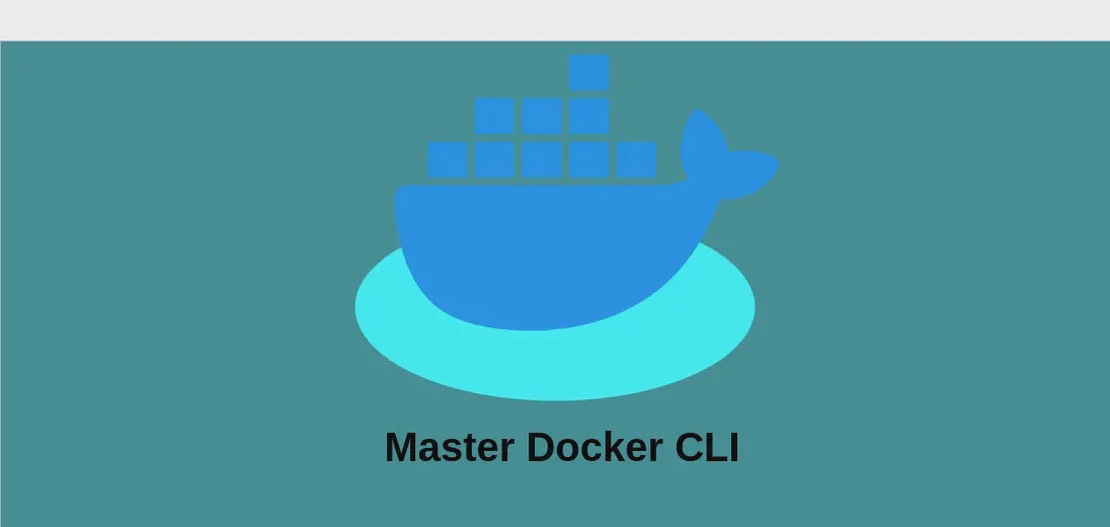
How to Use the Command 'which' (with Examples)
The which command is a useful utility in Unix-like operating systems that helps users locate the executable files of various programs within the user’s PATH environment variable. Essentially, it is a handy tool for determining the exact directory path of an executable, which can be extremely beneficial for debugging or configuration purposes.
Use Case 1: Search the PATH Environment Variable and Display the Location of Any Matching Executables
Code:
which executable
Motivation:
Understanding where a particular executable resides within the file system is often crucial for developers, system administrators, or any user dealing with software installation or configuration. Knowing the exact path of an executable can help verify whether the desired version of a tool is being used or confirm that it is installed correctly. For instance, when multiple versions of a programming language interpreter are installed, ensuring which one is currently being employed by default could save hours of debugging time.
Explanation:
which: This is the command that invokes the utility to search for executables.executable: This represents the name of the program whose location you wish to locate. By passing this along with thewhichcommand, the system will search through the directories listed in the PATH environment variable and output the location of the first matching executable it finds.
Example Output:
If you run which python, you might get an output like:
/usr/bin/python
This output tells you that the python executable is located in the /usr/bin/ directory.
Use Case 2: Display All Locations of Matching Executables, If There are Multiple
Code:
which -a executable
Motivation:
There are scenarios where multiple versions of the same executable might be present on a system. For example, different installations of Java can often lead to complications where scripts or programs invoke an unintended version. By knowing all possible locations of an executable, users can decide which specific version they want to use or make necessary adjustments in their environment configuration to prioritize a particular version. This is especially useful in environments where the default PATH might have been modified by various installed software packages or user configurations.
Explanation:
which: This is the basic command utilized to search for executables.-a: This flag modifies the behavior of thewhichcommand to display all instances where the executable is found within the PATH. By default, without the-aoption,whichonly provides the first instance.executable: Like in the previous example, this is the name of the program you’re searching for.
Example Output:
If you execute which -a python, you might receive output like:
/usr/bin/python
/usr/local/bin/python
In this case, the output indicates that there are two versions of python installed: one located at /usr/bin/python and another at /usr/local/bin/python. This information is critical to understanding which version may be invoked implicitly and provides insight into how the PATH is set up.
Conclusion
The which command is an essential part of the toolkit for anyone working with Unix-like environments, providing quick and easy access to discerning how executables are resolved in the PATH. By using which, you can verify executable versions, aid in debugging issues with software not behaving as expected, and ensure your system’s PATH variable is set up in the manner you intend. With the ability to not only locate executables but also identify multiple installations, which is both a powerful and versatile tool for efficient system management and configuration.


